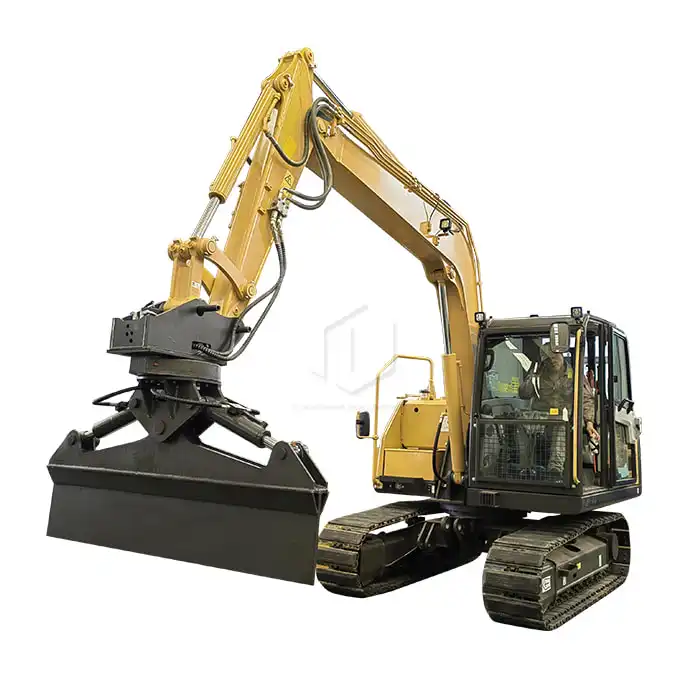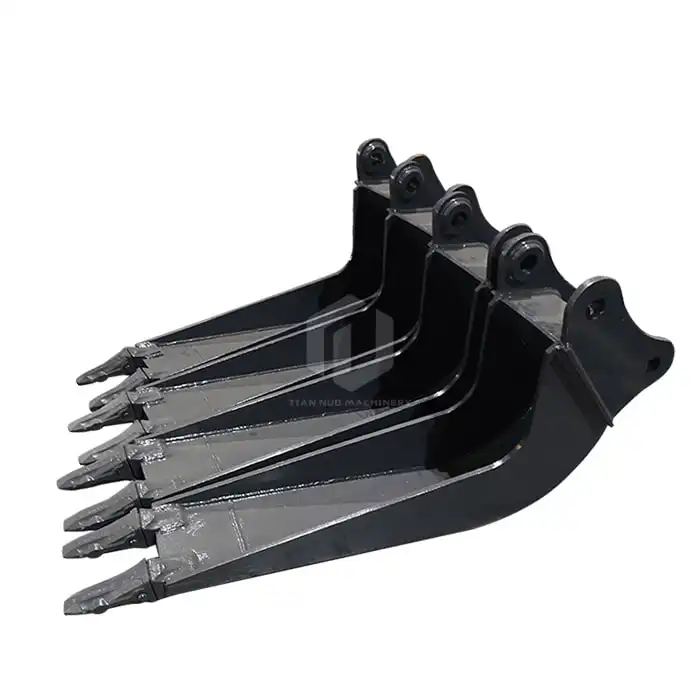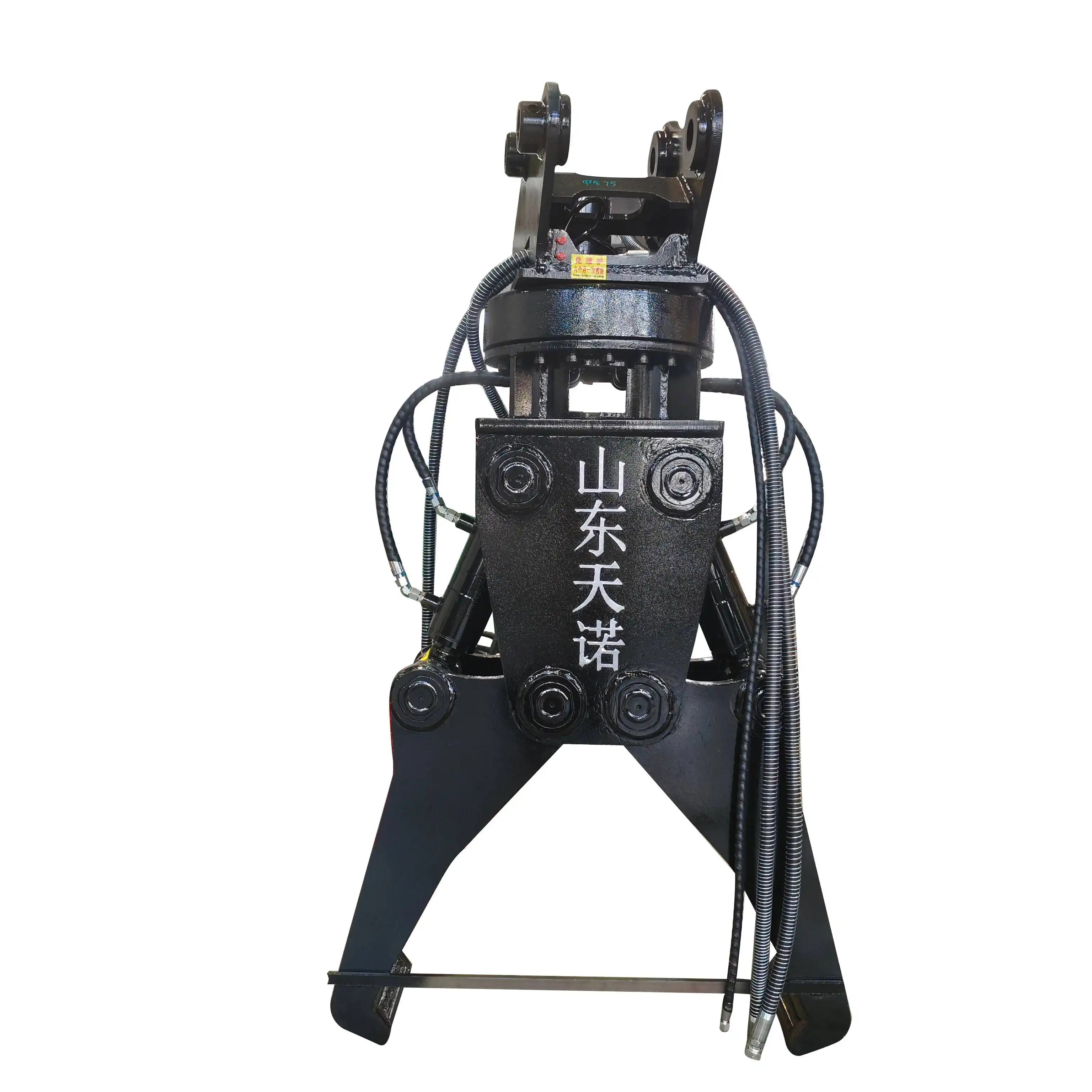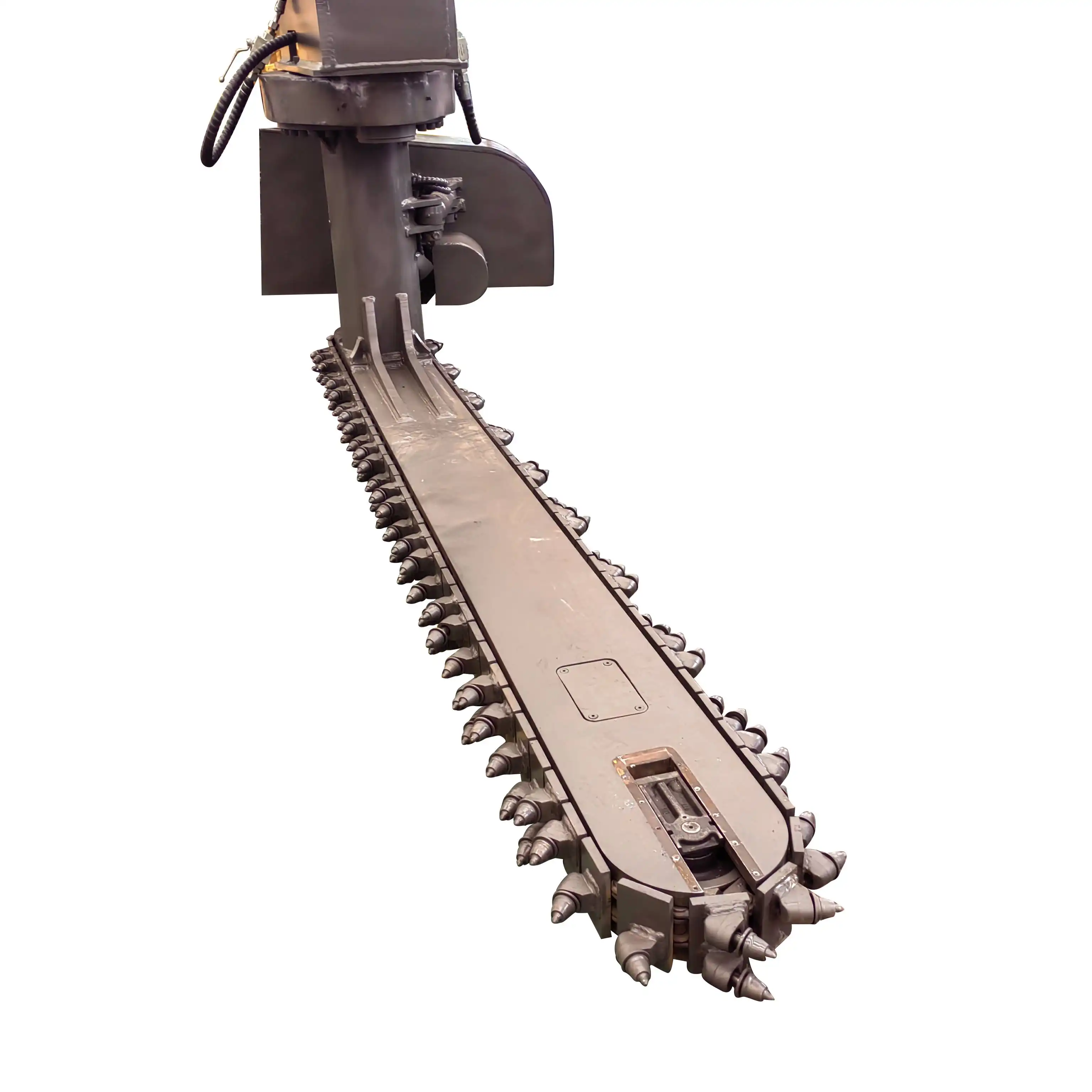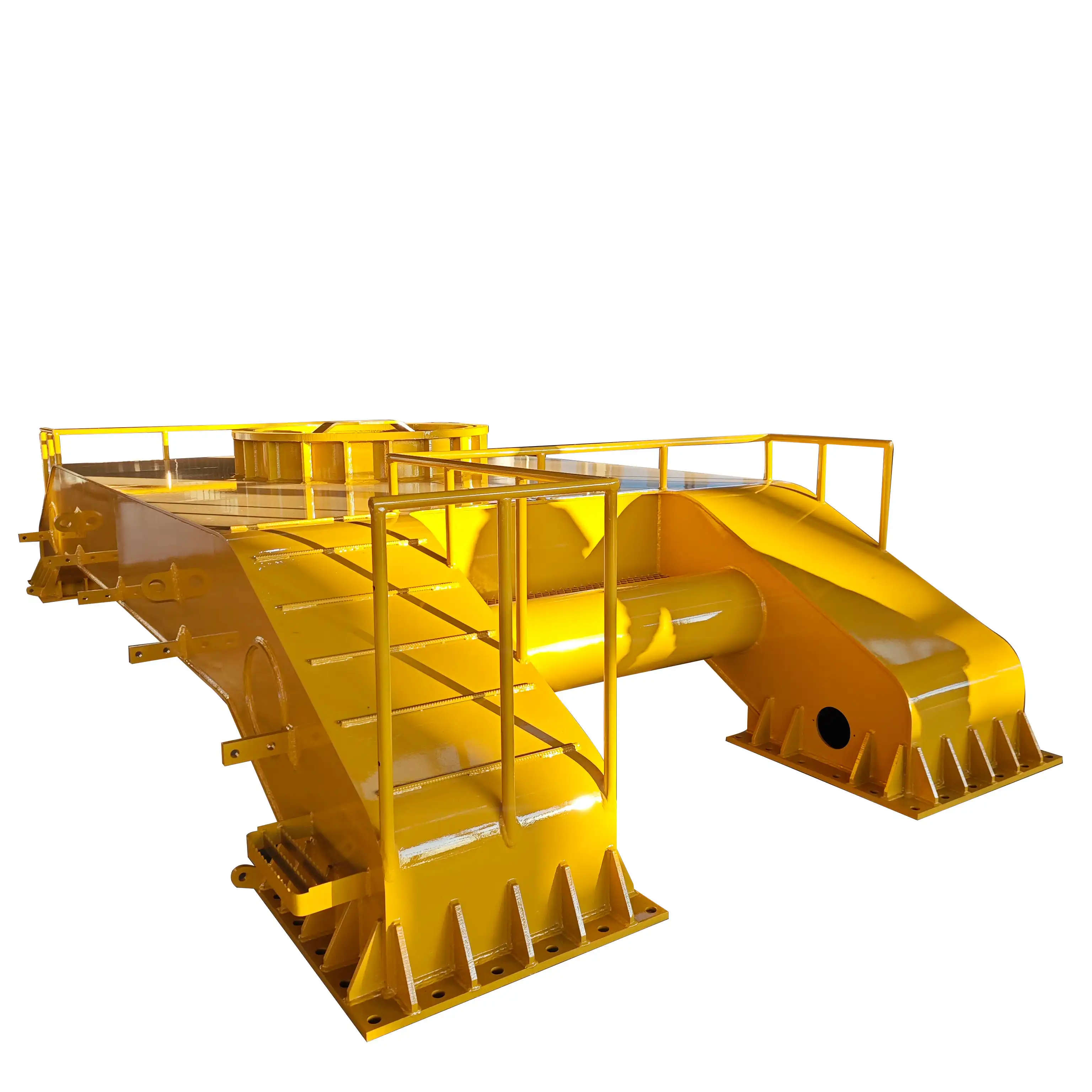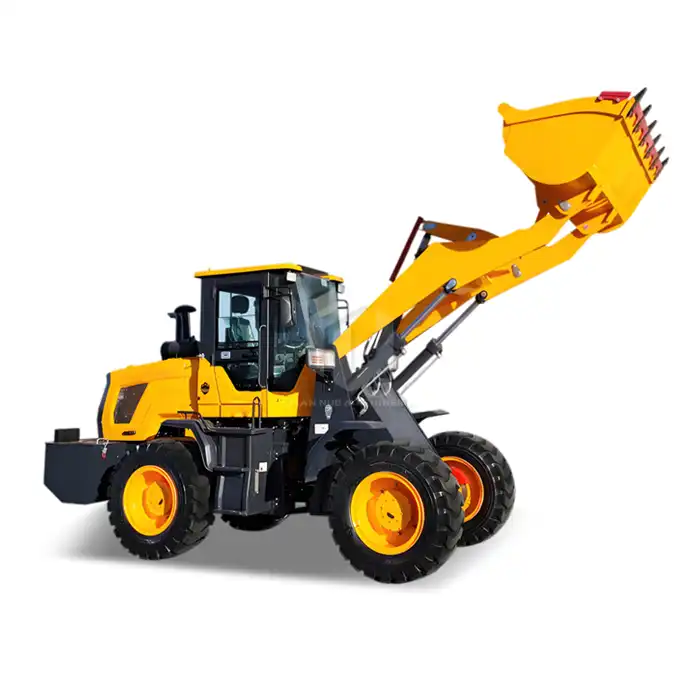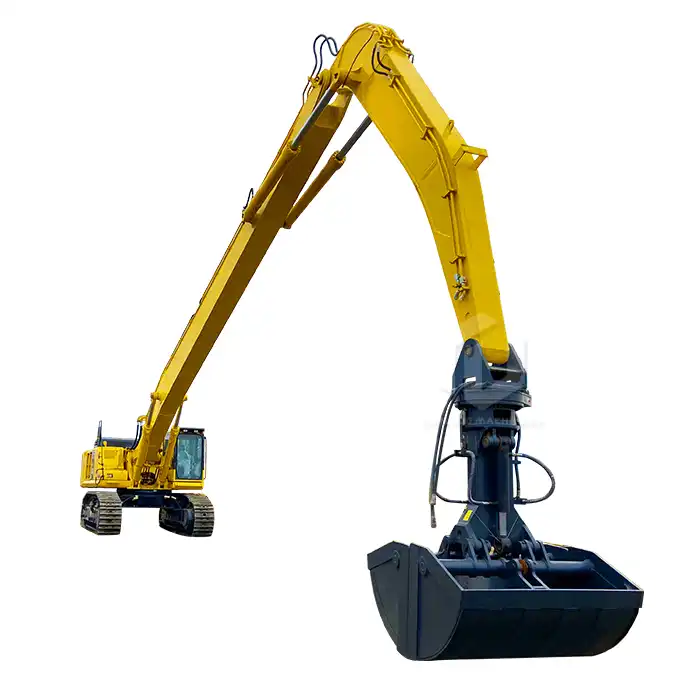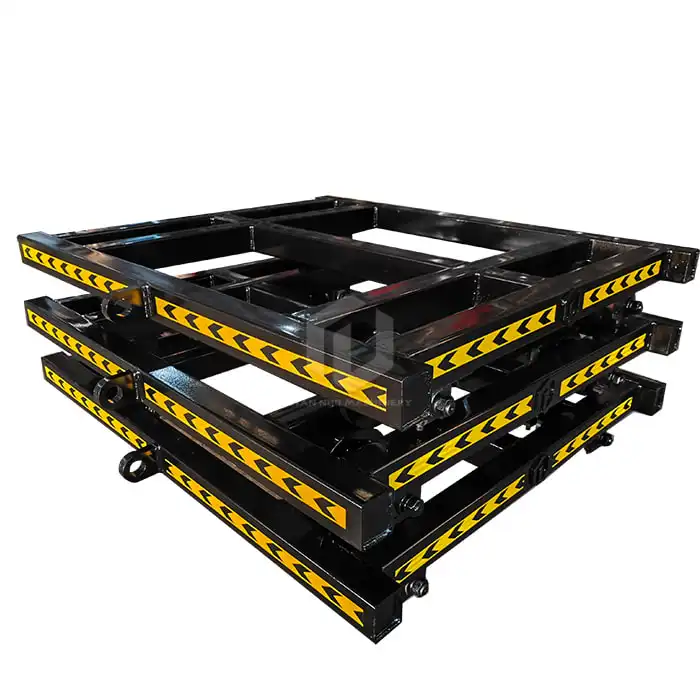Excavator Rail Clamp Size
Having the appropriate equipment is essential for safety and efficiency in railway construction and maintenance. The excavator rail clamp is one of this industry's most important tools. Excavators require these specialized attachments for a variety of railway operations because they enable them to work on railway tracks. We will discuss the applicable host machine tonnage, the significance of excavator rail clamp size, and the various gauges and rail types these clamps can accommodate in this article.
Understanding Excavator Rail Clamp Specifications
Rail clamps for excavators are designed to accommodate a range of excavator sizes and railroad specifications. When selecting the right clamp for your project, it's essential to consider the size of your host machine, the railway gauge you’ll be working with, and the specific types of rails you might encounter. This ensures that you choose a clamp that provides a secure fit and optimal performance for your tasks. Proper selection not only enhances safety but also improves efficiency during rail-related operations, making it crucial to understand the compatibility of the clamp with your equipment and the rail system.
The Shandong Tiannuo excavator rail clamp is engineered for host machines weighing between 7 and 15 tons, making it highly versatile for various construction and maintenance projects involving railways. Its design allows for compatibility with a wide range of rail sizes, thanks to a maximum opening of 415 mm. This adaptability ensures that the clamp can effectively accommodate different railway systems, enhancing its utility in diverse applications. As a result, it’s an excellent choice for professionals seeking reliable and efficient solutions for their rail-related tasks.
Applicable Railway Gauges: Ensuring Compatibility
Excavator rail clamps must be adaptable because railway gauges vary from country to country and region to region. There are three common gauge sizes that the Shandong Tiannuo excavator rail clamp is designed to work with:
1435 mm (Standard gauge), 1520 mm (Russian gauge), and 1000 mm (Meter gauge) This adaptability enables railway contractors and maintenance teams to utilize the same pieces of equipment for a variety of projects regardless of the gauge size. Numerous nations, including China, the majority of Europe, and the United States, utilize the standard gauge (1435 mm). The meter gauge (1000 mm) is used in parts of Asia, Africa, and South America, while the Russian gauge (1520 mm) is used in Russia and some of the former Soviet republics.
Accommodating Different Rail Types
The Excavator rail clamp's compatibility with various rail types is another important consideration. Rail weights are used in railroad systems based on the amount of traffic and speed needed. The Shandong Tiannuo earthmover rail cinch is intended to work with four normal rail types:
♦43 kg rails
♦50 kg rails
♦ 60 kg rails
♦75 kg rails
This reach encompasses most standard rail types used in both passenger and freight rail systems globally. As a result, this excavator rail clamp serves as a versatile tool for contractors and railway maintenance teams involved in various projects. Its ability to accommodate multiple rail types enhances its utility, making it an essential asset for effective rail construction and maintenance operations. This flexibility allows for efficient handling of diverse railway tasks.
In regions with lower traffic or on slower lines, 43 kg and 50 kg rails are commonly used. The 60 kg rails are favored for many mainline tracks due to their excellent cost-to-strength ratio. For high-speed lines or routes with significant freight traffic, where durability and stability are essential, the heavier 75 kg rails are typically employed. This variety in rail weights ensures that the appropriate option is available for different operational needs and traffic conditions.
Choosing the Right Excavator Rail Clamp for Your Needs
It is essential to take into consideration the particular requirements of your project when selecting an excavator rail clamp. The following are some essential considerations:
1. Compatibility of the Host Machine: Check to see that the clamp will work with the weight capacity and size of your excavator. The Shandong Tiannuo clamp's 7-15 ton range covers a wide range of medium-sized excavators used in railway maintenance.
2. Modularity of the gauge: Choose a clamp that can accommodate multiple gauges if you work on various railway systems. Working with meter, Russian, and standard gauges gives you a lot of flexibility.
3. Adaptability of the Rail Type: Think about the kinds of rails you'll be using the most. A clamp like the Shandong Tiannuo model that can handle multiple rail weights gives you more options for different projects.
4. Size of Clamp Opening: In this instance, the clamp's maximum opening of 415 mm ought to be sufficient to handle the largest rails you anticipate encountering. Durability and quality of the build: Search for clasps produced using great materials that can endure the afflictions of railroad work. In challenging environments, robust construction ensures longevity and dependability.
5. Safety Equipment: Clamps with built-in safety mechanisms should be given priority to safeguard workers and equipment during use.
You can select an excavator rail clamp that meets your specific requirements and enhances your capabilities for railway maintenance by carefully considering these aspects.
Contact Shandong Tiannuo
In conclusion, your railway maintenance operations can greatly benefit from the utilization of the appropriate excavator rail clamp. The Shandong Tiannuo excavator rail clamp is a complete solution for many railway contractors and maintenance companies because it can work with various host machine sizes, railway gauges, and rail types. Consider contacting manufacturers like Shandong Tiannuo for expert guidance on selecting the appropriate excavator rail clamp for your needs as you weigh your options. rich@stnd-machinery.com is the address to reach us.
Keep in mind that investing in the appropriate equipment not only increases your operational capabilities but also contributes to railway maintenance procedures that are safer and more effective. Whether you're dealing with standard check tracks in Europe, wide measure lines in Russia, or meter measure rail lines in pieces of Asia, having a flexible and dependable tractor rail cinch is vital to fruitful venture execution.
References
1. Shandong Tiannuo Machinery Technical Specifications
2. International Union of Railways (UIC) Track Gauge Standards
3. American Railway Engineering and Maintenance-of-Way Association (AREMA) Manual for Railway Engineering

